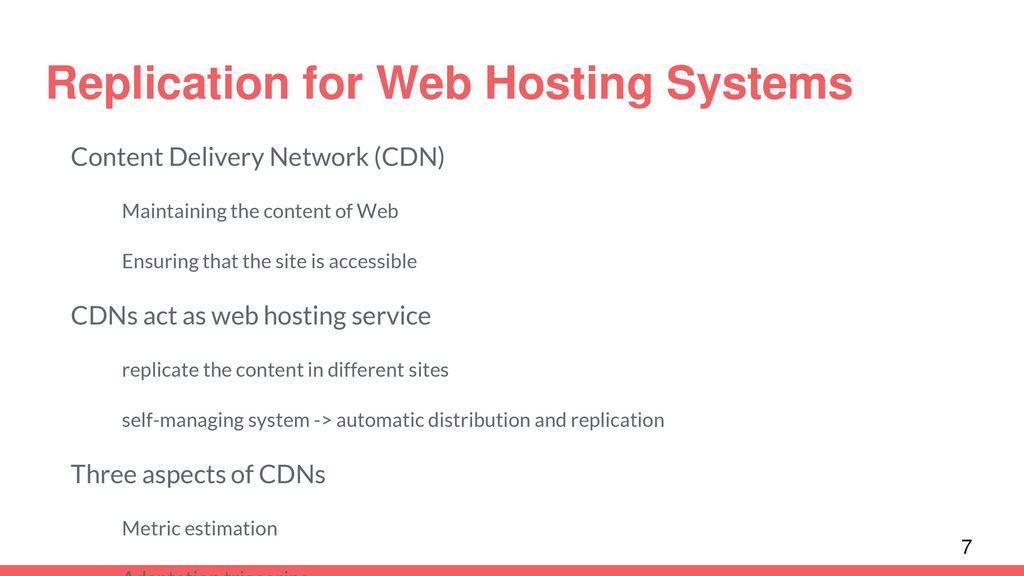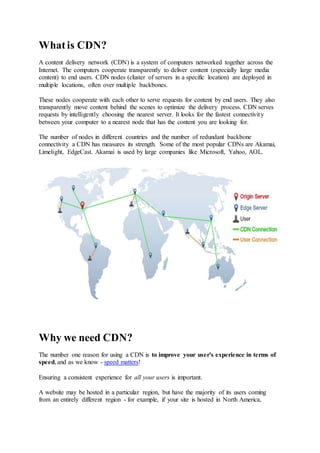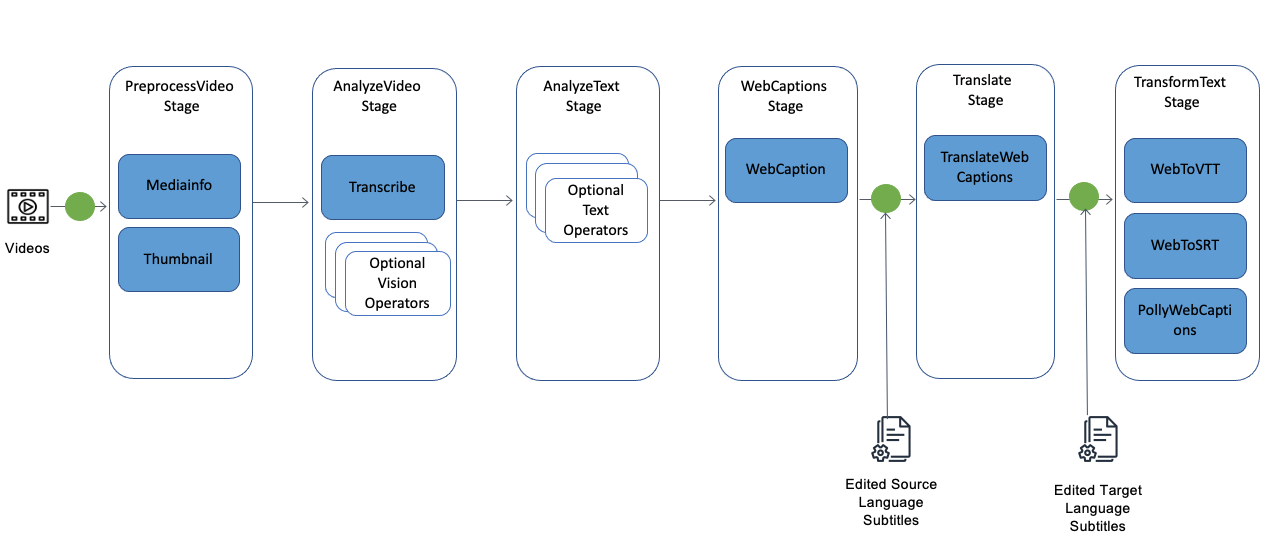Content Delivery Networks (CDNs): Ensuring Consistency and Speed in Content Localization

In the realm of global content distribution, Content Delivery Networks (CDNs) play a pivotal role in ensuring the consistent and speedy delivery of localized content to end-users worldwide. By leveraging a network of geographically distributed servers, CDNs optimize content delivery based on user location, network conditions, and content type. This not only enhances the user experience but also plays a crucial role in successful content localization strategies.

Ensuring Content Consistency

Content consistency is paramount in maintaining brand integrity and delivering a cohesive user experience across different regions. CDNs help preserve content consistency by storing localized content in multiple locations, ensuring that users always access the most up-to-date and accurate versions of content. This eliminates discrepancies caused by variations in local regulations, language nuances, or cultural sensitivities.
Optimizing Content Delivery Speed
Speed is essential in today’s fast-paced digital landscape. CDNs accelerate content delivery by placing servers closer to end-users. By reducing the physical distance between the content and the user, CDNs minimize latency and ensure that content loads quickly and seamlessly. This is particularly important for localized content, where users may be accessing websites or applications in their native language, which often requires additional processing time.
Key Benefits of CDNs for Localization
- Reduced Latency: CDNs minimize the distance between content and users, improving page load times and overall user experience.
- Scalability: CDNs can handle fluctuating traffic demands, ensuring consistent performance during peak periods or unexpected surges.
- Improved SEO: Fast content delivery can positively impact search engine rankings, enhancing the visibility of localized content.
- Cost Savings: CDNs can reduce bandwidth costs by optimizing content delivery and reducing the load on origin servers.
- Enhanced Security: CDNs provide additional layers of security, protecting localized content from malicious attacks or unauthorized access.
Choosing the Right CDN for Localization
Selecting the appropriate CDN for content localization is crucial. Consider the following factors:
- Global Reach: Ensure the CDN has a presence in the target regions to ensure optimal content delivery.
- Localization Features: Look for CDNs that offer specialized features for localized content, such as language-specific caching or regionalized content management.
- Scalability: Choose a CDN that can handle the expected traffic volume and scale efficiently to meet future growth.
- Security Measures: Prioritize CDNs that implement robust security measures to protect localized content from unauthorized access.
Best Practices for CDN Integration
- Configure CDN Settings: Define caching rules, optimize compression, and specify content expiration policies to enhance performance.
- Use Content Zones: Create separate content zones for different localized versions of content, ensuring targeted delivery.
- Monitor CDN Performance: Track key metrics such as latency, cache hit rates, and error rates to identify areas for improvement.
- Collaborate with CDN Provider: Consult with the CDN provider to optimize settings and leverage specialized features for localization.
Conclusion
CDNs are essential tools for ensuring the consistency and speed of localized content delivery. By leveraging a network of geographically distributed servers, CDNs minimize latency, improve scalability, and enhance security. When selecting and integrating a CDN for localization, consider factors such as global reach, localization features, scalability, security measures, and best practices to maximize the impact and effectiveness of your content localization efforts.## Cdns: Ensuring Consistency and Speed in Content Localization
Executive Summary
In today’s interconnected global marketplace, businesses that wish to expand their reach and connect with international audiences need to invest in content localization. Content that resonates with local audiences is more engaging and persuasive, leading to increased customer satisfaction and business growth. Content Delivery Networks (CDNs) play a vital role in delivering localized content quickly and reliably to users around the world. This article delves into the role of CDNs in content localization, exploring the benefits they offer and providing best practices for leveraging CDNs to ensure consistency and improve content localization speed.
Introduction
Content localization is the process of adapting content to suit the linguistic, cultural, and regional preferences of a specific target audience. It involves translating, adapting, and formatting content to align with the nuances and conventions of the local market. By leveraging CDNs, businesses can streamline their content localization process, ensuring consistency, and delivering localized content faster and more efficiently to global audiences.
FAQs
-
What are the benefits of using a CDN for content localization?
- Improved content delivery speed and reduced latency
- Increased content consistency across multiple languages and regions
- Enhanced user experience and satisfaction
- Lower infrastructure and maintenance costs
-
How do I choose the right CDN for my content localization needs?
- Consider your target audience location and bandwidth requirements
- Evaluate the CDN’s network performance and reliability
- Assess the CDN’s support for multiple languages and localization tools
-
How can I optimize my content localization process with a CDN?
- Use CDN caching to store localized content for quicker delivery
- Leverage CDN translation services to automate content translation
- Implement CDN load balancing to distribute traffic and improve response times
Key Subtopics
1. Speed and Performance
- CDN caching: Stores localized content closer to end-users, reducing latency and improving loading speed.
- Content optimization: Compresses and optimizes content to minimize file size and enhance delivery speed.
- Load balancing: Distributes traffic across multiple servers to prevent congestion and ensure fast and reliable access to content.
- Network connectivity: Utilizes a global network of servers to provide high-speed connections and minimize network latency.
- Monitoring and analytics: Provides real-time insights into content performance, allowing for proactive optimization and troubleshooting.
2. Consistency and Accuracy
- Centralized management: Manages all localized content from a single platform, ensuring consistency across all channels and touchpoints.
- Terminology management: Maintains a centralized glossary to ensure consistent use of terminology and style across all languages.
- Translation quality control: Implements quality assurance processes to verify the accuracy and cultural appropriateness of translated content.
- Cultural adaptation: Adapts content to align with local customs, beliefs, and values to avoid cultural misunderstandings.
- Multilingual support: Supports a wide range of languages and localization capabilities to meet the diverse needs of global audiences.
3. Scalability and Flexibility
- Elastic infrastructure: Automatically scales CDN resources to meet fluctuating demand, ensuring seamless content delivery during peak traffic.
- Multi-region deployment: Deploys CDN servers in multiple regions to optimize performance for different geographic locations.
- API integration: Integrates with content management systems and localization tools, automating content localization workflows.
- Customizable configurations: Allows for customization of CDN settings to suit specific localization requirements.
- Easy management: Provides a user-friendly interface and management tools for efficient content localization operations.
4. Cost-Efficiency
- Reduced infrastructure costs: Eliminates the need for dedicated servers and infrastructure, reducing capital and maintenance expenses.
- Pay-as-you-go pricing: Scales costs based on usage, allowing businesses to optimize their budgets.
- Optimized caching: Reduces bandwidth consumption by storing frequently accessed content closer to end-users, minimizing data transfer costs.
- Centralized management: Streamlines content localization processes, reducing operational overheads and improving efficiency.
- Increased ROI: Boosts ROI by improving content engagement, customer satisfaction, and global reach.
5. Security and Compliance
- Secure content delivery: Protects localized content from unauthorized access and malicious attacks, ensuring data integrity and compliance.
- Data protection: Complies with industry regulations and data protection laws, maintaining the privacy and security of sensitive content.
- SSL encryption: Encrypts content during transmission to prevent eavesdropping and data breaches.
- Access control: Implements access controls to restrict access to localized content only authorized parties.
- Content backup and recovery: Provides backup and recovery services to protect against data loss and ensure content availability during disruptions.
Conclusion
Content localization is crucial for businesses seeking to expand their global reach and connect with diverse audiences. CDNs are powerful tools that can streamline the content localization process, ensuring consistency, improving content delivery speed, and enhancing the user experience. By leveraging CDNs, businesses can effectively localize their content, delivering culturally relevant and engaging content that resonates with global audiences, fostering brand loyalty, and driving business growth.
Keyword Tags
- Content localization
- CDN
- Content delivery
- Internationalization
- Globalization
